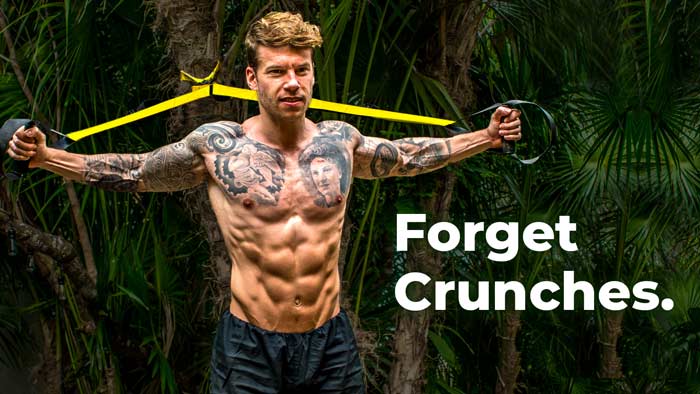
Tired of endless crunches that don’t deliver real core strength?
Most routines only target surface muscles, leaving 5 out of 7 deep core stabilisers completely underdeveloped…
Causing back pain and poor posture.
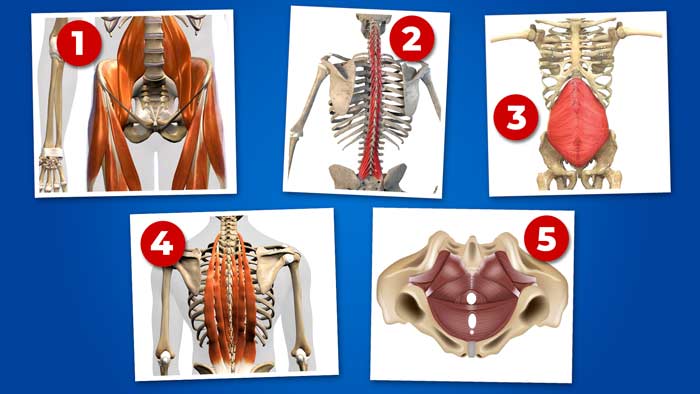
But after coaching thousands with TRX suspension training…
I’ve seen what happens when you train your core as an integrated system.
So in this post, I’m going to show you 7 TRX core exercises to target every layer of your core for real strength – at any level…
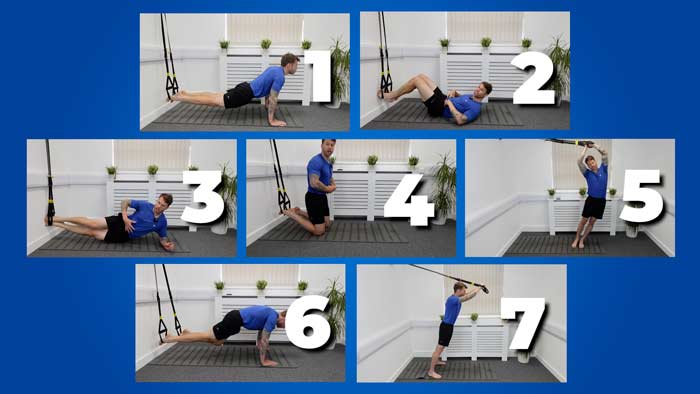
To start…
Let me show you how to strengthen the hidden muscle that’s responsible for why you slouch after hours at your desk…
Don’t have time to read the post in full? Then watch the video below to learn the 7 TRX core exercises for deep core strength:
Table Of Contents
Core 1: Strengthen Your Slouch
Think of your spine like a sailing mast with ropes keeping it upright and stable.
Those ropes are your erector spinae, deep muscles that run from your lower back all the way up to your neck….
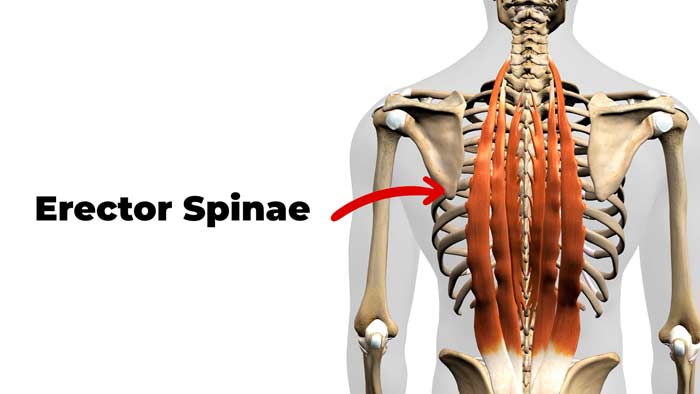
But when you sit hunched over a computer for hours, these muscles get slack and weak, causing you to slouch forward.
Strengthen them, and you’ll have strong internal ropes keeping you tall and upright.
But how do you do that?
Let me show you how so you can counteract hours of desk sitting…
TRX Erector Spinae Core Exercise
We’re going to use suspension trainer Supermans Exercise.
But with a slight variation…
- Unfold your body, keeping your core tensed.
- THE VARIATION: Hold at the top for 5 seconds.
- You should feel the middle of your back squeezing to hold you in this position.
- Then curl back in, keeping your abs tensed.
Now that your postural muscles are awake…
Let’s move on to the muscle group that when weak, can pull your pelvis completely out of line
Core 2: Re-align Your Pelvis
Imagine your body is like a relay team, your hip flexors are the sprinter who carries the baton first.
Their job is to lift your legs efficiently when you walk, run, or climb stairs….
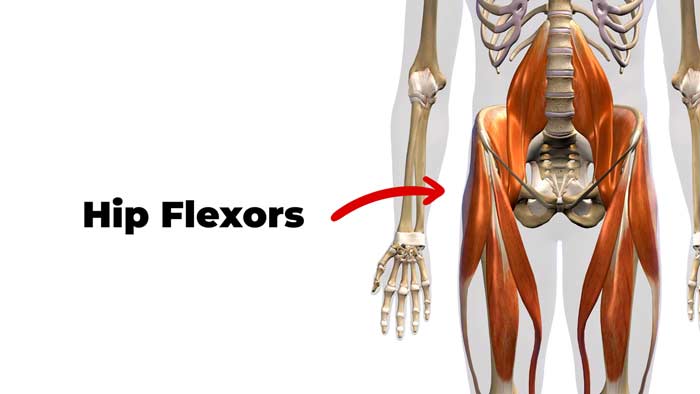
But when you sit all day, this sprinter becomes the weakest link on the team, so your other muscles have to work overtime to compensate for the weakness.
This compromises your movement abilities and can lead to compensatory pain, especially in the lower back.
Strengthen these muscles, and you enhance daily and sporting movements.
But how do you do that?
Let me show you…
TRX Hip Flexors Core Exercise
Mountain climbers are your go-to exercise for hip flexor strengthening…
- Engage your core and get your bum right in the air.
- Squeeze your abs and bring your right knee to your right elbow, and hold it there for 2 seconds.
- Then slowly bring it back down, and then repeat on the left side.
Now that you’ve restored proper hip function…
Let’s target the muscles that control rotation, because when these are weak, every twist puts dangerous stress on your spine…
(By the way, don’t worry about doing all seven exercises…
I’ll show you which ones to focus on for your specific situation at the end.)
Core 3: Build Rotational Power & Agility
Your obliques are like your body’s power steering—they control how smoothly you twist and bend to the side.
When they’re strong, every rotation is effortless and precise…
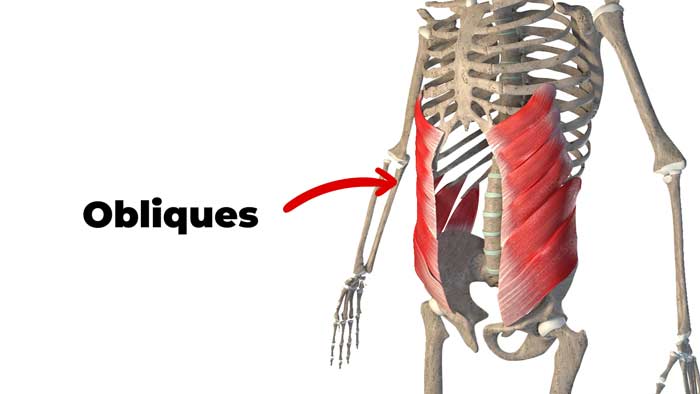
But if your obliques are weak?
It’s like trying to steer a car with broken power steering: every turn feels clunky, and your spine ends up absorbing all the stress.
That’s why you sometimes feel that sharp twinge when you twist or bend the wrong way.
So, how do you upgrade your “steering system” and protect your spine?
Let me show you…
TRX Obliques Core Exercise
Side bends are the winner – Get the straps directly above your head…
- Gently bend to the side and stretch out your core.
- Hold at the bottom and feel that stretch down your side.
- Then focus on squeezing your whole core again to come back up.
- Give an extra squeeze of your core, and then repeat the exercise movement…
Now that you’ve built rotational control,
let’s target the muscle that acts like your body’s natural weight belt
By the way, if you’re interested in building full-body muscle, grab my free handbook below…
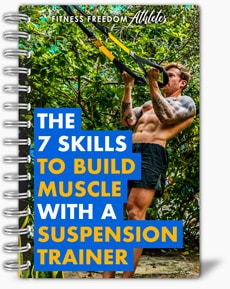
Get Your FREE Copy Of My ‘7 Skills To Build Muscle With A Suspension Trainer Handbook!’
Downloaded 70,000+ times! Just tell me where to send it:
Core 4: Strengthen Your Natural Lifting Belt
Ever tweaked your back just picking up a bag? That’s your support system failing when you need it most.
Your transverse abdominis wraps around your midsection like a natural weight belt.
When you’re about to lift something—or even sneeze—this deep muscle should tighten automatically, creating a balloon of support around your spine….
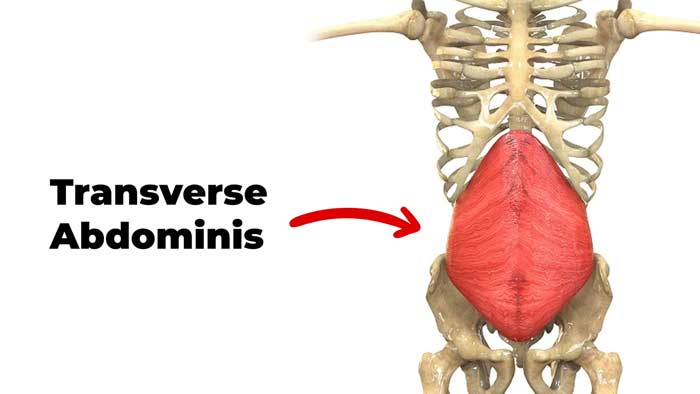
But after hours of slouching, it goes dormant.
Suddenly, your spine’s got no backup.
So, how do you wake up your body’s built-in safety belt?
Let me show you…
TRX Transverse Abdominis Core Exercise
Just doing the plank isn’t enough to engage your transverse abdominals….
You’ve got to squeeze your core and draw your belly button back towards your spine as you hold the position…
- Focus on squeezing your abs and bringing your belly button towards your spine.
- Hold that for as long as you can.
- Keep drawing your belly button back towards your spine.
Now that you’ve reactivated your internal support system,
let’s move to the tiny muscles that, when weak, are responsible for recurring back pain…
Core 5: Gain Rock-Solid Spinal Stability
Imagine your spine is like a stack of building blocks, and each block needs its own tiny shock absorber to keep it stable.
That’s your Multifidus
Small muscles that attach to the vertebrae.
Their job is to fine-tune the position of every single spinal joint as you move….
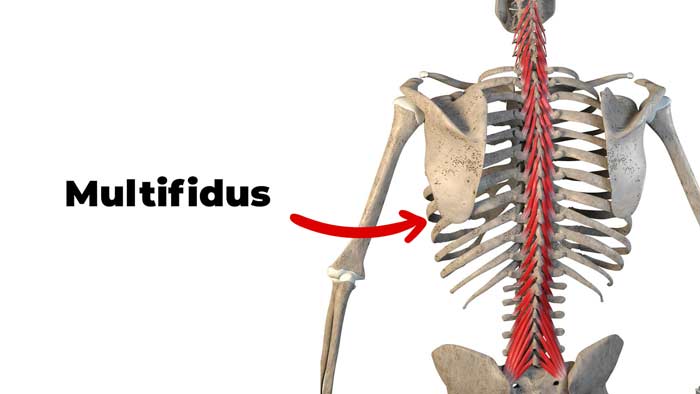
But when you sit all day, these tiny muscles essentially fall asleep.
So when you do move, each vertebra shifts and wobbles like a loose stack of blocks instead of a solid, stable column.
Leading to nagging back pain.
So how do you strengthen these shock absorber muscles?
Let me show you…
TRX Multifidus Core Exercise
Get on your side and get both feet in the straps ready for a side plank…
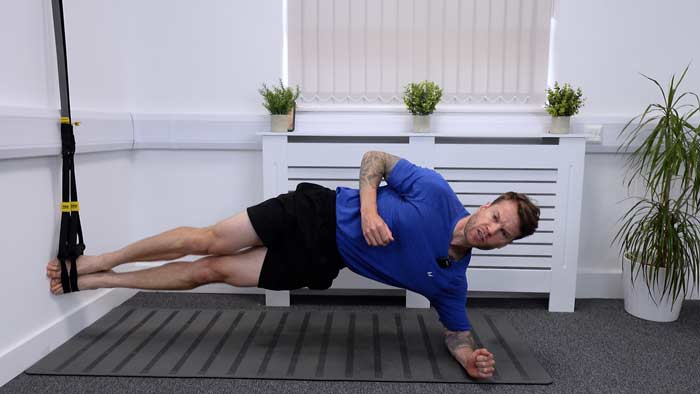
- Bring your hips upwards, and be sure to keep tension in your entire core.
- Hold this position here for as long as you can.
- AND as straight as you can.
Now that you’ve activated those deep spinal stabilisers,
let’s move to the foundation muscle that supports everything above it…
Core 6: Carry Loads with Ease (Foundations)
Think of your pelvic floor like the foundation of a house.
It’s a hammock of muscles stretching from your pubic bone to your tailbone—supporting everything above it.
When you lift something heavy, this foundation should kick in automatically to handle the pressure…
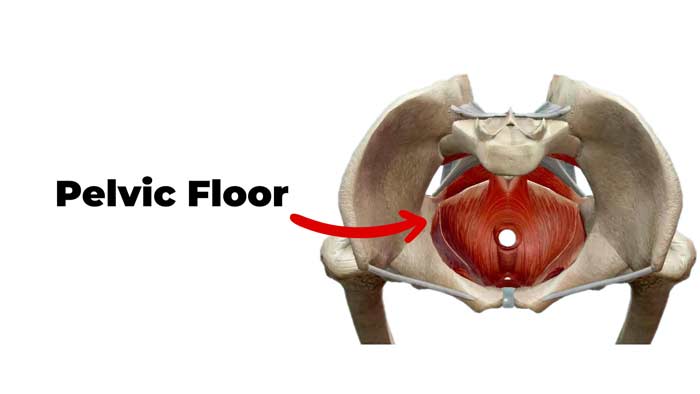
But if it’s weak?
It’s like building a house on a cracked foundation—unstable and risky
So how do you strengthen it?
Let me show you
TRX Pelvic Floor Core Exercise
Glute bridges are king for this; HOWEVER, before you raise your glutes to the ceiling, you need to engage your pelvic floor.
So imagine you’re at the toilet and you’re stopping the flow of urine.
Once you’ve done that, then drive your hips towards the ceiling, squeezing your glutes hard…
- Really focusing on stopping that flow of urine
- Squeeze your glutes hard am keep this position held for as long as you can.
Now that you’ve set your foundation
let’s tackle the muscle everyone knows—but most train completely wrong…
Core 7: Build Solid Abs You Can Feel
Your rectus abdominis is the six-pack muscle everyone obsesses over.
Its job is to flex your spine forward and work with all the other core muscles to create stability…
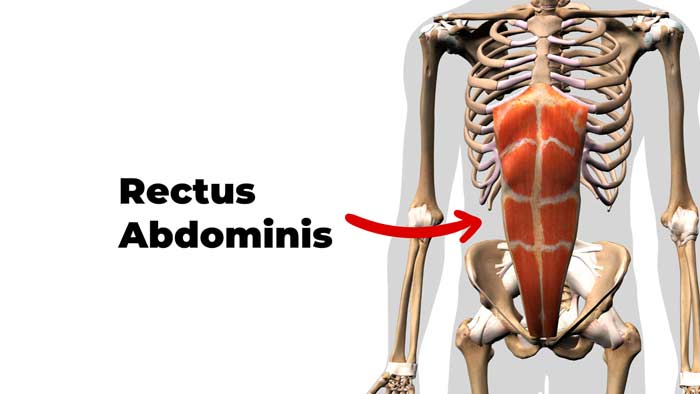
But here’s the problem: Most people do endless crunches that only train this muscle in a tiny range of motion.
Like training your biceps by only doing the last inch of a curl.
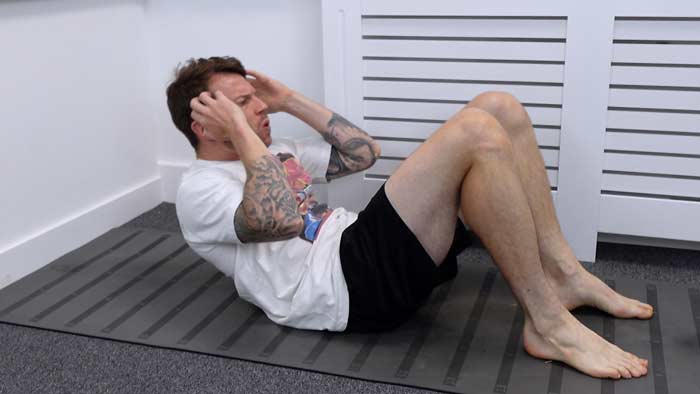
That means 80% of your six-pack stays weak, leaving your core unstable and underdeveloped
So, how do you actually build a strong, functional six-pack?
Let me show you…
TRX Rectus Abdominis (Abdominals) Exercise
Get into a solid plank position with your arms fully extended.
Start by gently flexing your spine down….
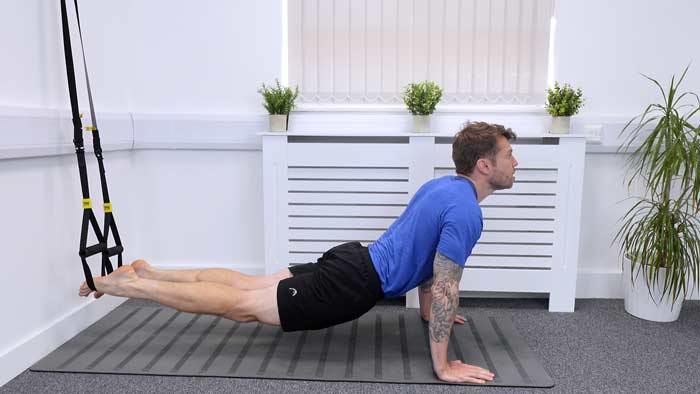
Then, come back up and bring your knees to your chest, slow and controlled, by squeezing your abs and hold it there.
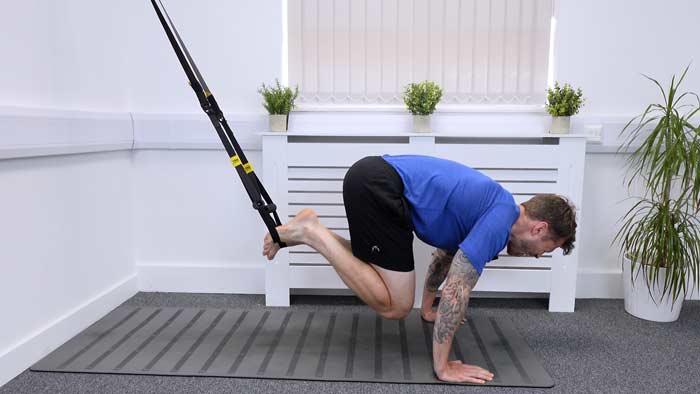
And then go back down slowly and controlled.
With these crunches, you’re taking your abs from a stretch position to a tightly contracted position for a bigger range of motion
But how do you know which of these 7 exercises you should focus on?
Let me show you, based on three different lifestyle situations…
Which Ones to Focus on for Your Lifestyle
Choose your lifestyle scenario…
1. Desk Warrior
If you spend most of your day sitting at a desk hunched over, focus on these three:
- First Supermans – to strengthen your erector Spinae and fix that slouched posture
- Second, mountain climbers – to strengthen your hip flexors and improve your movement ability
- Third, Knee Tucks – to strengthen your Transverse Abdominis and reactivate your natural weight belt
2. Sporting Performance
If you want better performance for sporting activities, prioritise these three:
- First Side Planks – to strengthen your obliques for rotational power and agility
- Second, Mountain Climbers, to strengthen your Hip Flexors for explosive movement
- Third, side planks to strengthen your Multifidus for spinal stability during dynamic movement
3. Parent Core Strength
If you’ve got kids you need to carry around a lot, focus on these three:
- First Knee Tucks to strengthen the Transverse Abdominis – your natural lifting belt
- Second, Bridges to strengthen your Pelvic Floor, the foundational support for carrying loads
- Third, supermans to strengthen your Erector Spinae so your spine can handle their weight
Here’s the thing…
A rock-solid core won’t get you far if your legs are crumbling underneath you.
It’s like building a skyscraper on quicksand.
Here’s to your Fitness Freedom
Coach Adam

 I hope you enjoy this post. If you want my help to build lean muscle & transform your body using a TRX suspension trainer anywhere –
I hope you enjoy this post. If you want my help to build lean muscle & transform your body using a TRX suspension trainer anywhere – 
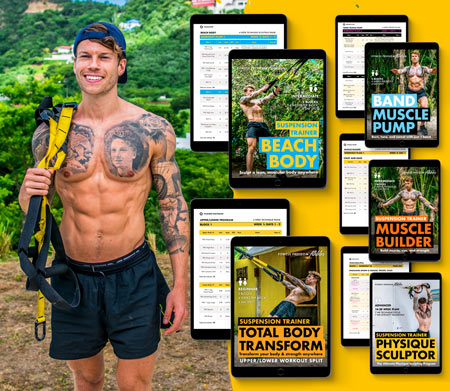

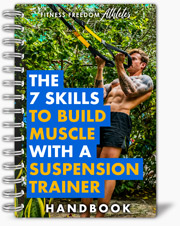
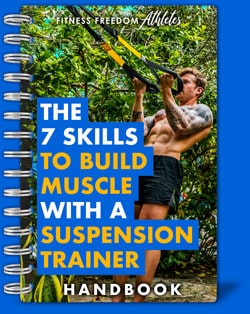

0 Comments